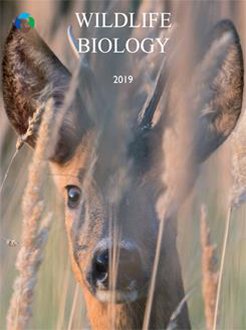Amphibian nutrition has been highlighted as one of the disciplines requiring more investigation to support ex situ conservation programs. Specifically, anuran metabolism related to dietary nutrients is not yet investigated in detail. Thirty (n = 30) free-range frogs from four families (Telmatobiidae, Hylidae, Leptodactylidae, Bufonidae) were collected in Bolivia, and opportunistic blood samples were drawn to determine acylcarnitines and amino acid profiles in order to evaluate metabolic activity. The overall profiles showed Telmatobiidae with higher numerical values of amino acids, while comparison with Hylidae displayed differences (p < 0.05) in metabolites related to amino acid catabolism, suggesting specific ketogenic pathways in Telmatobiidae as an adaptation to its extreme environmental (hypoxic) conditions. Multivariate analysis demonstrated both lipids and amino acids as the main forces in frog energy metabolism, confirming the carnivorous nature of anurans. Pathways detecting free carnitine and long chain acylcarnitines driving fat metabolism, as well as protein-derived utilisation of amino acid catabolites documented glucose sparing and energy production through both proteinogenic and ketogenic routes. Moreover, malonyl carnitine is suggested to play a role as a modulator of food intake and feeding status of frogs.
How to translate text using browser tools
18 September 2019
No longer a leap in the dark: the importance of protein as an energy source in amphibians
Andrea Brenes-Soto,
Ellen S. Dierenfeld,
Arturo Muñoz-Saravia,
Geert P. J. Janssens

Wildlife Biology
Vol. 2019 • No. 1
2019
Vol. 2019 • No. 1
2019
acylcarnitines
Amino acids
frogs
metabolism
nutrition





